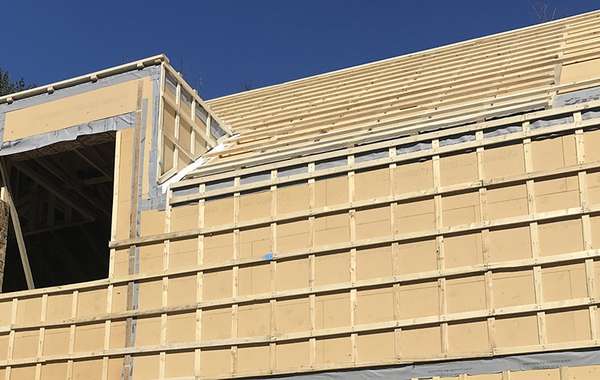It is not illegal to sell an unbuildable lot, so buyers beware. Any number of roadblocks can prevent you from building the house you want, or any house at all, so before you make a purchase make sure you can proceed with your plans.
Issues to consider before making an offer:
Zoning: First check that you are allowed to build a house on the lot in question. Don't rely solely on the word of the seller or agent; confirm this with the local municipality. While confirming that it is buildable, be sure you are able to build the size of house you want by asking about any minimum or maximum size restrictions, and ask height restrictions as well.
Title search: It may seem an odd thing, but just because someone is selling a lot doesn't absolutely mean they have the right to do so. It's very possible that the lot has changed hands in the past without all the appropriate paperwork being completed. Consider having a notary check the ownership history.
Soil quality: Some soils don't have the compressive strength to handle traditional buildings. Some conditions that could impede a build include: soil with a high water table; high content of clay; natural peatlands; building lots that have had fill added.
A geotechnical engineer can confirm what type of load a certain soil type can handle. Individual structural engineers may not require a soil test before approving a project, but a municipality might.
If a building lot is not suitable for a traditional basement it may still be possible to build with alternatives, such as slab-on-grade, raft-slabs or screw piles. If a lot can only handle alternative building types, then that should be reflected in the asking price and if it isn't, it should be reflected in your offer. Contacting a local geotechnical engineer would be wise as they might have knowledge and experience with regional issues.
Waterways: Streams through a building lot can hamstring a construction project entirely, or may lead to additional landscaping and excavation work. If there is any standing or moving water on a site it would be wise to employ a geotechnical engineer to ensure a building wouldn't violate any environmental laws.
Septic system and well: The best case scenario is having access to municipal water and sewage; short of that you will need a well and septic system. Both will have minimum required setbacks from lot lines and neighbouring systems. You may be able to do some rough calculations yourself by learning from the municipality what restrictions you face, and measuring off the distance from adjacent systems. This might save you the cost of septic engineer by instantly discounting a lot where systems at neighbouring homes make it impossible to locate both septic and well on a lot.
This recommendation is intended to help you scratch potential lots off a list, not to confirm them as feasible. Unless you're a pro, don't rely on your own conclusions to declare a lot buildable.
Some building lots may already have a well; if so, find out about the depth, the flow-rate and quality. Ask neighbours about the depth and consistency of their wells and if they ever have shortages. This isn't a failsafe way to come to any conclusions as two adjacent wells can tap into completely separate aquifers, but it can still be valuable knowledge to have.
Well-water may be quite hard, or have a strong sulfur smell; both of these issues can be dealt with, but it would be helpful to know this early in case you need to enlarge a mechanical room to accommodate treatment tanks.
Site topography (elevations): Assuming all the above issues work out, assess the elevations of a building site to be sure you won't have drainage issues, and to help position the house. Building on high ground will help reduce the chance of flooding; it is also best to position the house and septic system so that waste water can be gravity-drained instead of being pumped to the septic bed.
Worthy of note: As you are planning out your project, keep in mind the resources at hand: larger-sized rocks that are unearthed during excavation may be useful, and even valuable. They can be used for natural landscaping and retaining walls; not only can this be a nice aesthetic look, but it can save you having to purchase materials for that purpose.
Assessing trees: You may have to fell a few trees to make room for roads, septic, well and the house. Remove any dead and dangerous ones before building, but a doing a tree evaluation can also help you position the house and develop your lot over the long term.
Deciduous trees to the south may provide shading; evergreens at the north can act as a wind block for energy savings. Some trees that need to be removed may make for suitable firewood if you are installing a woodstove. Mature healthy trees make for an enjoyable outdoor living space and can add value at a time of resale.
Now that you know what to look for when house shopping. Find more pages about the real estate market and home renovations in the Ecohome Green Building Guide and these pages here:
And sign up here for a free Ecohome Membership and reap all the benefits! |


























Comments (0)
Sign Up to Comment